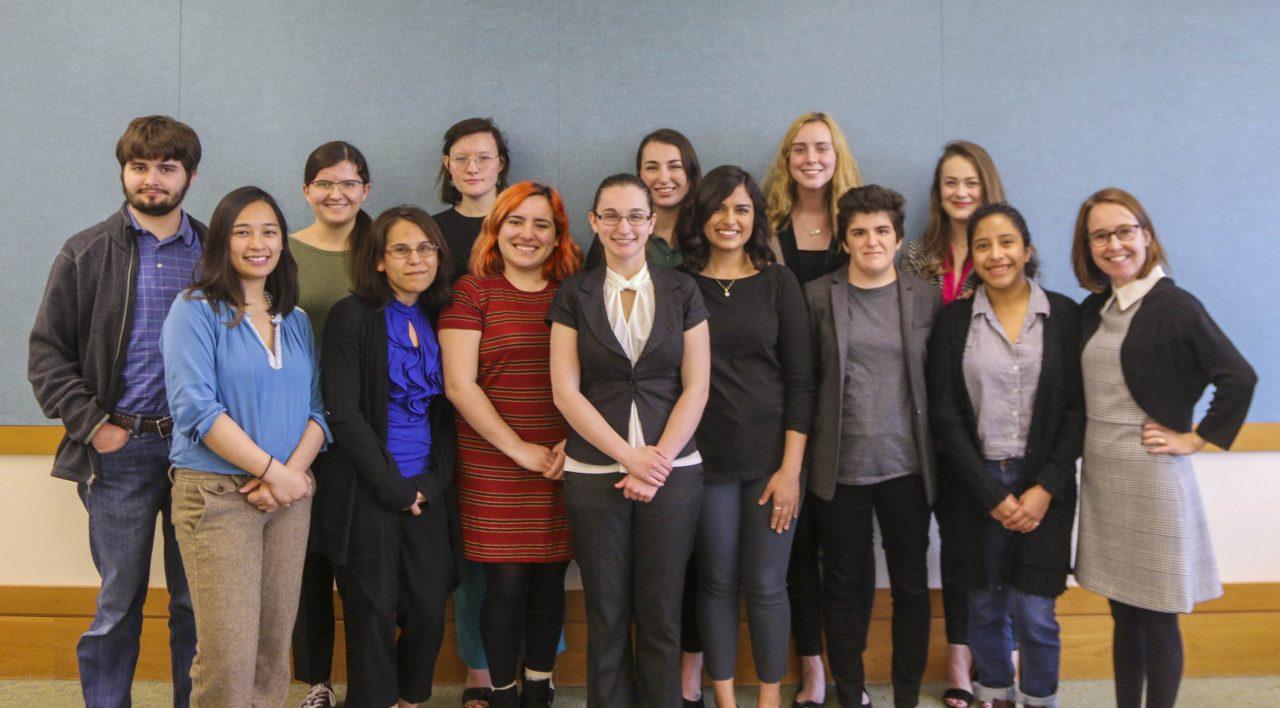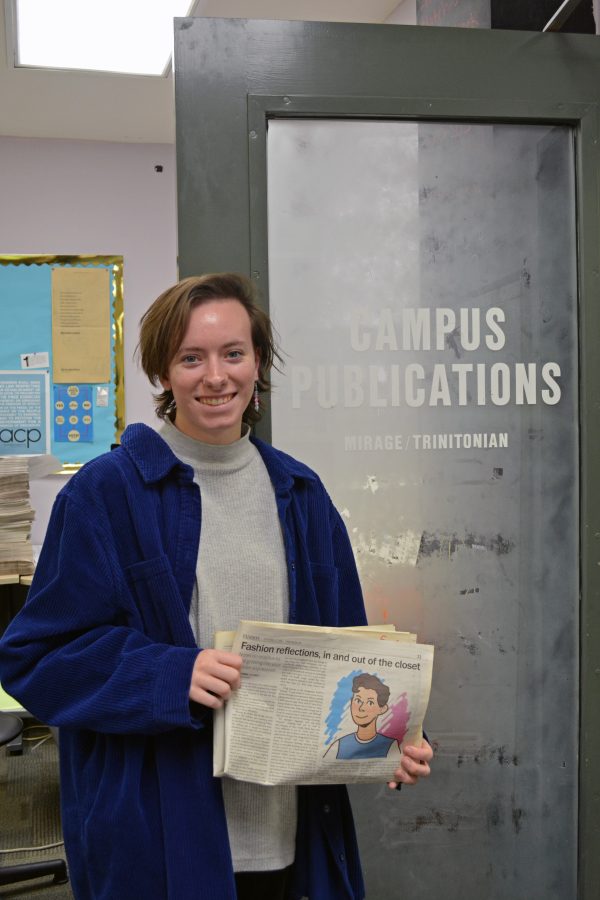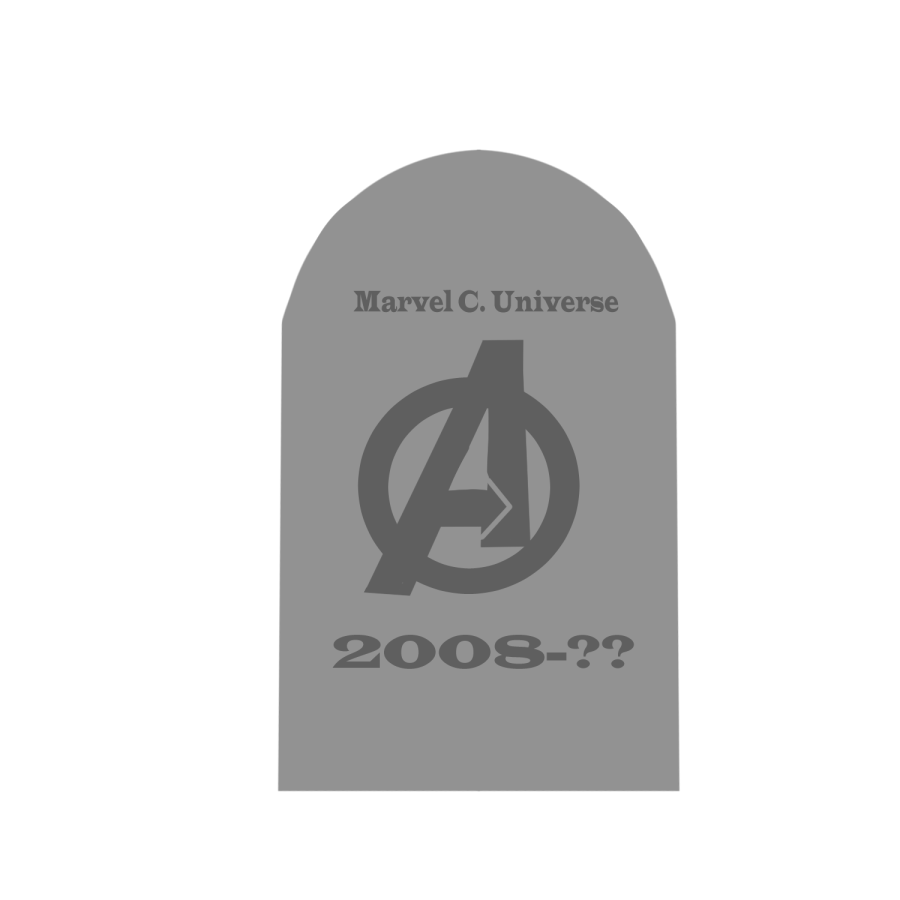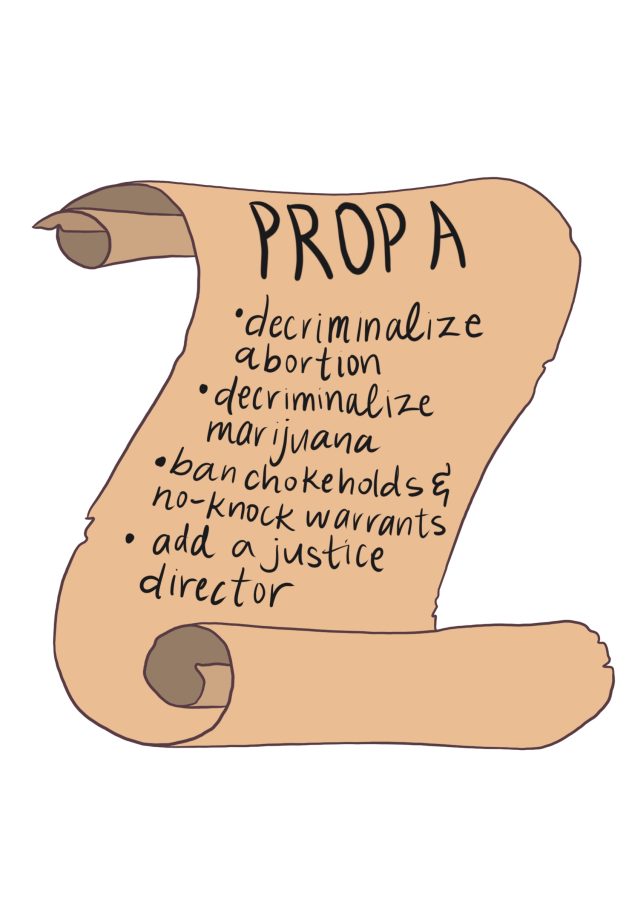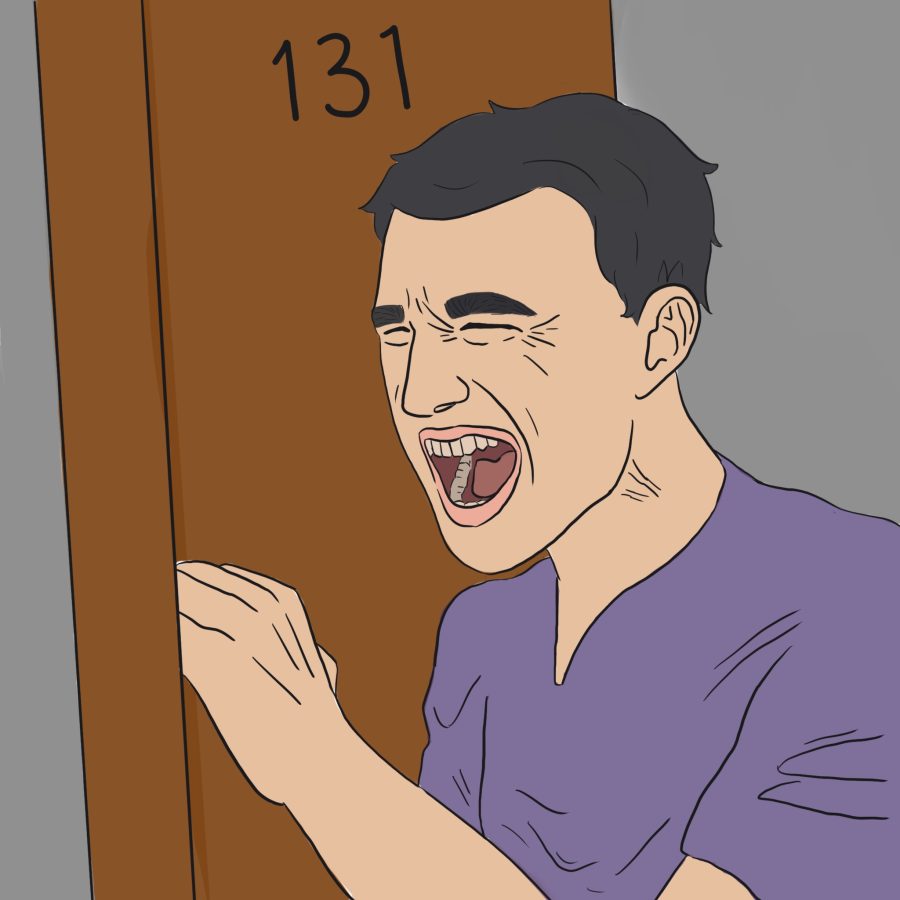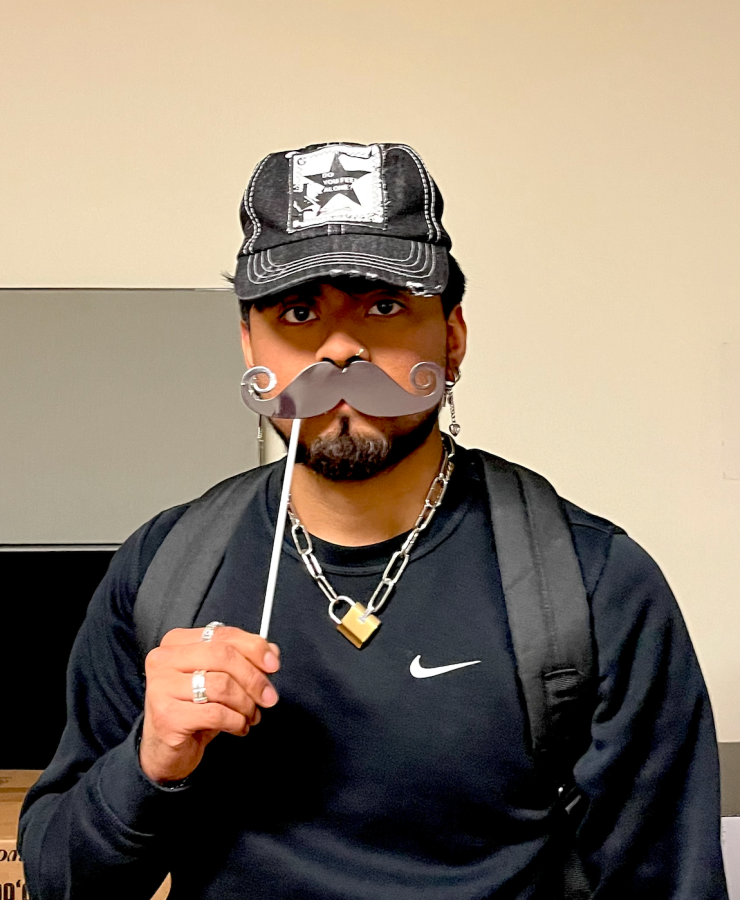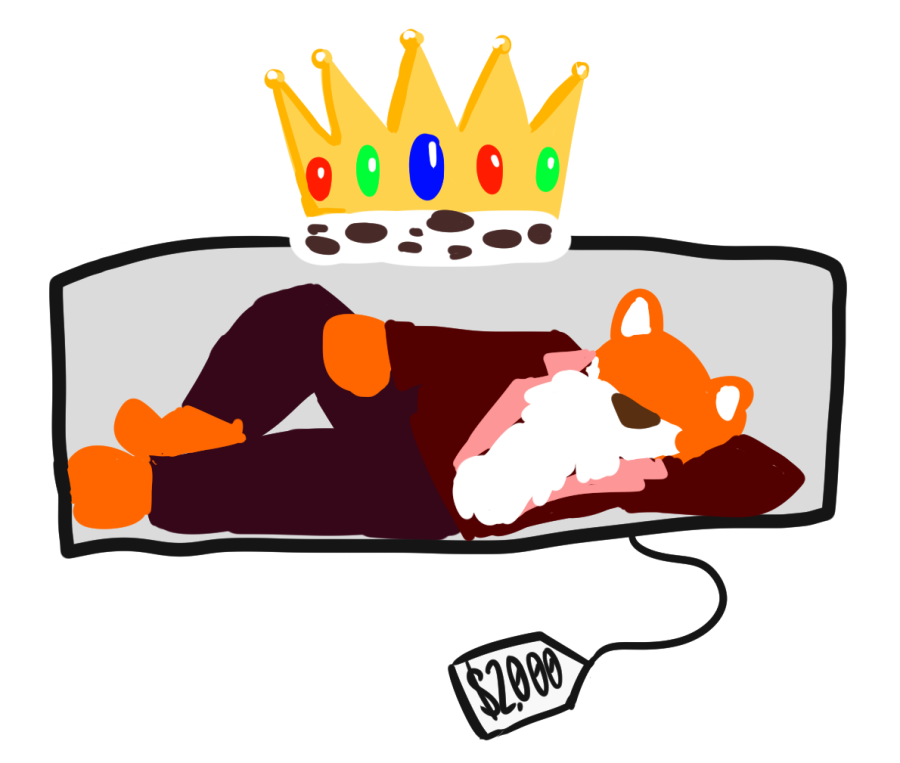Photo provided by Kathleen Creedon
“It is midday. The sun is at its peak, the turning point, the transition of day. Two figures ascend a dusty hill. They take a stance across from each other as mirror images. Each puts a hand on their weapon — past versus present. Draw. Bang. Who emerges from the dust? This is why we call ourselves High Noon.”
Thus begins the vision statement for Trinity University’s newest publication. High Noon is a literary journal that got its start as a group project for a new publishing class taught by Jennifer Bartlett, professor of English.
“I said this out loud to students transparently at the beginning of the course,” Bartlett said. “You will do a collaborative project as a group, and you will decide what that project is going to be. You can design, produce and mockup some kind of a published something; it could be a literary journal, it could be a chapbook, but you have to figure out what it is. And so they just immediately got together and said they wanted to produce a literary journal.”
From the beginning, the class had many obstacles to overcome, one of which was financial.
“We knew that we didn’t have any money at all, and so we had to go figure out how to make this dream into something that was actually real. So we assigned a team, we got way ahead of the schedule, and we talked to everybody we possibly could,” said Jennifer Jussel, senior and one of the editors-in-chief of High Noon. Junior Kathleen Creedon is the other editor-in-chief of High Noon. (Creedon is the executive print editor of the Trinitonian.)
The class reached out to Trinity University’s Arts, Letters and Enterprise (ALE) program to look for support.
“I got a summons to come to a meeting of the class, and I didn’t really know what it was for, so it was sort of enigmatic,” said Carl Leafstedt, professor of music and co-chair of the ALE program. “[ALE Co-Chair] Jacob Tingle and I were brought there, and they ended up doing a pitch to us for financial support from the ALE program. They’d done a ton of hard work, and the editors got up and presented just like a business pitch … They were all so good that Jacob and I bought it, hook, line and sinker.”
These connections also helped to develop the goals of the publication.
“At first we conceived that this would be an electronic-only publication,” Bartlett said. “But as we were rolling along, we were like, ‘We really want to print this magazine.’ We had enough money with those small donations to do one issue that we could show at our launch party, but these kids really had bigger ideas.”
Samantha Ortiz, senior and managing editor for High Noon, recalls Carl Leafstedt asking important questions during their presentation.
“Carl Leafstedt said, ‘Are you thinking big enough?’” Ortiz said. “Then, I think, after that was when we really exploded. Everyone at Trinity, all the professors that we met with have been so encouraging for us to keep going and keep striving for bigger and better things, which is just crazy for a first issue.”
Before meetings and planning got underway, the students had to choose a theme for their magazine.
“We kind of realized that there was this absence of real admiration for young adult fiction. There’s a stigma around young adult fiction that it is for children, but it’s not. We are young adults, we are 21, 22 years old,” Ortiz said. “A lot of our stories — which come about in different parts of our lives — deserve to be told, and we deserve to be taken seriously. That’s kind of the gap that we found in the market, and that’s what we started to pursue.”
As they further investigated their mission and values, the students decided to broaden submission guidelines to the theme of ‘coming of age’ to incorporate more diverse stories.
“Coming of age, we decided, can happen at any age. We decided it’s like a turning point where you have to grow up in your life, a point where you realize things are never going to be the same,” Jussel said.The title of the literary journal, High Noon, derives from the 1952 western movie of the same name, which contains the scene described in the journal’s vision statement.
The title of the literary journal, High Noon, derives from the 1952 western movie of the same name, which contains the scene described in the journal’s vision statement.
“Once that face-off happens, something’s going to change. High Noon has those multiple meanings, and it can be internal or external,” Bartlett said.
Moving forward, the students are focused on keeping the journal going after this semester. Currently, the department of English intends to offer the course again in the fall semester. The students in the course would make up an entirely new staff for the publication, and will be assisted by Bartlett and a peer tutor coming from the previous semester’s class to maintain continuity. According to Bartlett, a college course may not be the permanent model for the journal, but High Noon will always be associated with Trinity University.
“Literary journal finances are a little bit tenuous anywhere you go because it’s very hard to think of a sustainable economic model. So most successful literary journals end up associating themselves with universities to stay afloat because printing costs are expensive,” Jussel said. “We don’t want to have any submission fees at all because we think that excludes people from different economic brackets. This idea of trying to become a market takes away from the idea of a lit journal, which is to describe as many voices as possible as widely as possible.”
Both Ortiz and Jussel are excited for the career opportunities that High Noon will bring to future students, each citing their personal struggles with finding a path before the publishing course existed.
“It’s a great experience. The whole team has stepped up to the plate in a way that we were just not expecting. It’s been a group effort from day one,” Jussel said.
The course provides diverse opportunities for students in English, business, finance, marketing and more.
“One day it is going to be an established thing and an established literary magazine; it’s going to be something that people know about and people are going to submit to and have no problem reaching out to, but we need to keep growing. We need this energy that we’re leading off with,” Ortiz said. “As a computer science major, I was kind of nervous [at the beginning of the semester] because the entire class is a group project but I didn’t even know half the people. Now I love them, I love working with them because everyone has shown their passion and their care for this … We need people that are diverse in their skill-set, so I would say don’t worry if you’re not an English or creative writing person, you don’t have to be.”
High Noon launches its first issue on May 1 in the Chapman Center’s Great Hall.
Meet the Staff
Editors-in-chief: Kathleen Creedon & Jennifer Jussel
Managing editor: Samantha Ortiz
Finance managers: Brianna Azua & Emily Peter
Essay editors: Lauren Arcangeli, Robin Bissett & Emily Peter
Fiction editors: Cat Cura, Theresa Ho & Collin McGrath
Poetry editors: Lauren Rawlins & Abigail Torres
Designers: Lauren Arcangel, Lauren Rawlins & Tiana Sanchez
Events and promotions coordinators: Brianna Azua & Lauren Rawlins
Social media coordinators: Brianna Azua & Emily Peter
Copy editors: Robin Bissett, Kathleen Creedon, Tiana Sanchez, Collin McGrath & Jennifer Jussel

